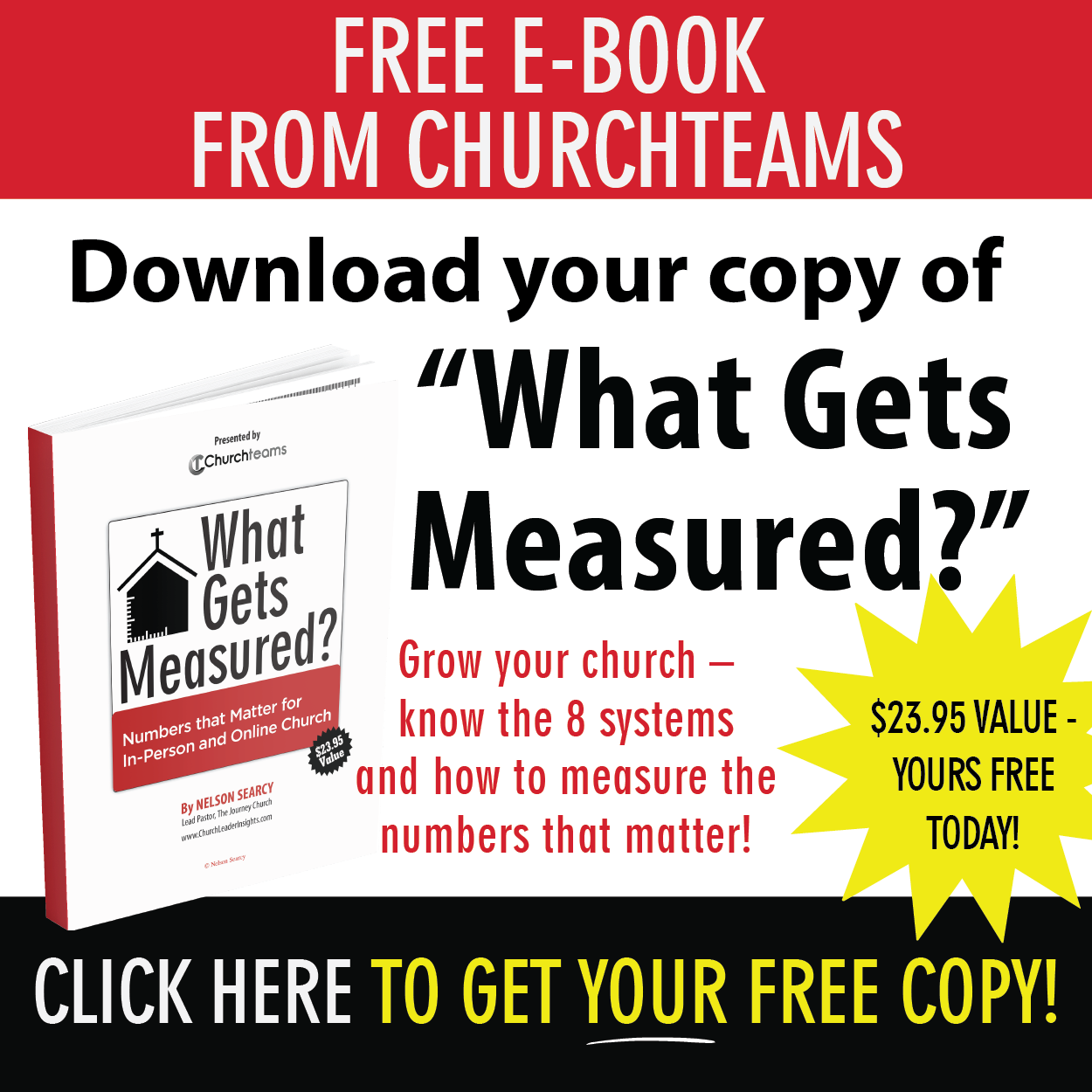 In the last post I shared four factors that I've considered in how to set a price for church management software. In this post I want to talk about upon what do you base your price. There are likely other approaches to pricing, but here are the common ones out there and my perspective on them.
In the last post I shared four factors that I've considered in how to set a price for church management software. In this post I want to talk about upon what do you base your price. There are likely other approaches to pricing, but here are the common ones out there and my perspective on them.
Price based on number of users. When software was first introduced, companies had to get a license for each employee or user of the software. This worked well when software was a product that had to be downloaded on a native hard drive. However, the Internet and software as a service has made that approach nearly obsolete. The whole point is to give access to a lot of people!
Price based on average weekly attendance. Weekly attendance is the most used metric in church life. So, pricing based on churches reporting of their attendance makes sense. Because size impacts both usage and budget, it fairly spreads out the cost of providing the service. There does need to be clarity on what weekly attendance actually encompasses, however.
Price based on modules. A software company puts a lot of research and development work into building new features or modules for their service. It makes sense that they should be compensated for this development. Also, it makes sense that a client not needing certain aspects of the software shouldn't have to pay for it. However, as a church administrator, I struggled with the constant push to upsell. It made me feel like the company was more interested in getting whatever they could out of our church rather than regularly adding new value to what they offered. Also, I knew that whatever you base your price on, people will try to do without as much as possible. If we do all this work to build a new feature for churches, we want them to have access to use it immediately. We want to delight them with much more than they bargained for when they signed up with us.
Fixed pricing. Having everyone pay the same amount is a great idea from the perspective of actual hardware costs. Let's face it, the amount of storage you need on a hard drive to save the data for a church database of 50,000 people costs virtually nothing more than the storage space you need for 100 people. So, why not just charge everyone the same? This approach does have some appeal. But for the really small church, the single cost divided evenly can fall outside what they can afford. For larger churches it feels like there is no appreciation for the additional complexity and support help they need.
Price based on number of people in the database. We landed on building our pricing based on people in the database for a few reasons. First, I am a fan of a church keeping its database as clean as possible. Because people are going to limit whatever you base your price on, we knew that if we priced based on number in the database, people would give more attention to the size of their database. Second, it's an easy metric to find since it based on an actual number contained in the database. Third, it gives us the chance to totally delight our clients by providing new services and features all the time for the same price they are already paying. That's a win for everyone.
Like the last post, I would love to hear your thoughts and responses to mine. What seems to you to be the best approach to pricing? There's one other component to the pricing equation - support. We'll tackle that next time.



